commentary Commentary
Commentary: Why Jewel Changi Airport should be enjoyed in person – not through a smartphone
Technology can make our lives better so why is it making us sadder and lonelier instead? IMD Business School Professor Howard Yu dives into the issues surrounding Big Tech.
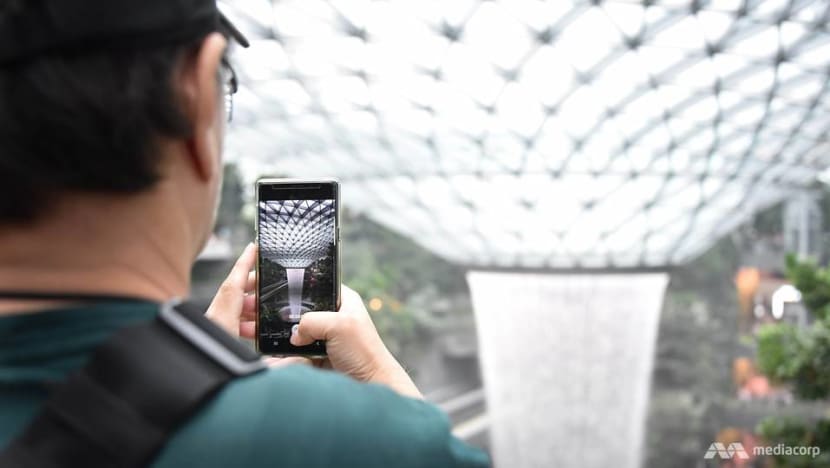
A man snapping a photo of the opening of the Rain Vortex from a vantage point inside Jewel Changi Airport. (Photo: Gaya Chandrmohan)
SINGAPORE: The new experience provided by Singapore’s Jewel Changi Airport, which opened this month is nothing short of spectacular, especially compared to the usual fare offered to international travellers at JFK Airport of New York, London Heathrow, or Paris’ Charles de Gaulle.
I visited the 40m tall waterfall housed inside the vaulted glass-and-steel dome last Sunday (Apr 28) before my flight back to Switzerland. My Swiss friend gamely compared it to the Rhine Fall — the largest waterfall in Switzerland and in Europe — which, he learnt upon his immediate Googling on his iPhone, only amounted to 23m in height.
The “rain vortex” at Jewel Changi is in turn surrounded by a five-storey-tall “forest valley” of some 2,500 trees and 100,000 shrubs, all meticulously cultivated by a drip irrigation system, with controlled airflow simulating a high-humidity and temperate climate.
READ: Inside Jewel Changi Airport - An interactive special
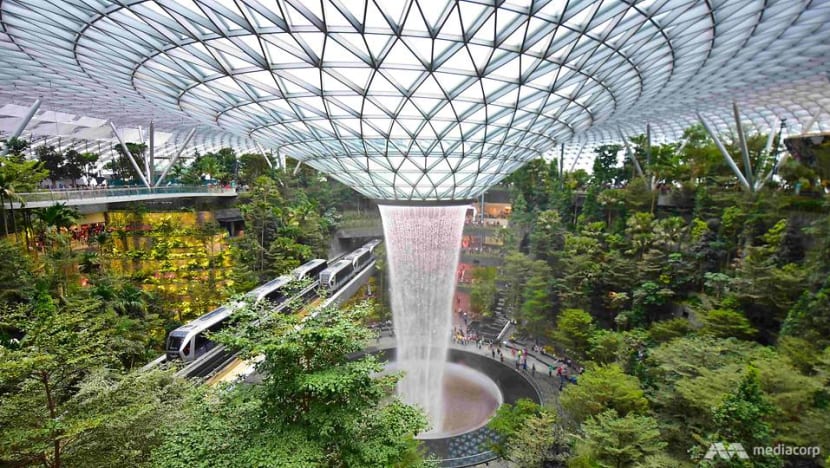
So complete is our ability to bring nature, or the virtual sense of it, into our commercial habitat and bend it to our will.
NEW EXPERIENCES
People want new experiences – but they seem to be mainly experienced through their mobile phone lens.
High-speed Wi-Fi is ubiquitously available, and I saw more people enjoying the rainforest through their smartphones’ tiny screens than with their own eyes — either taking pictures and videos through them or posting their discoveries online.
Nothing counts as an experience until one documents and tells someone about it. And it’s not a worthy experience until many “likes” and “wows” and “loves” are received.
LISTEN: That awkward conversation about Facebook we need to have, an episode on The Pulse podcast
Social media has not only changed the way we experience technologies, it has changed the definition of life experience itself.
Whenever a new technology comes along, it blows us away like a magic trick. We add these to the periphery of our daily experience for harmless reasons.
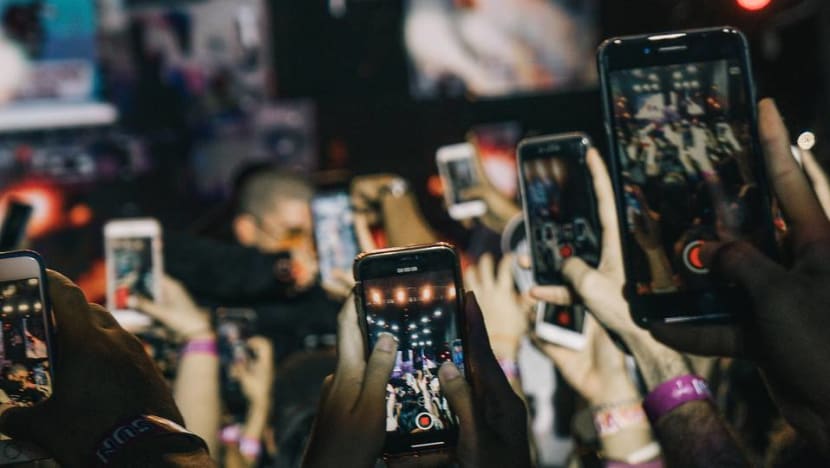
But the most successful technologies always manage to seamlessly integrate themselves into our everyday routine. We might awake one morning to discover they have colonised the core of our daily life, and forget what life was like before.
BUILT BY A VERY SMALL GROUP OF PEOPLE
One problem with the inventions coming from Silicon Valley is that they are built by people who share a peculiar feature. In the early days of Silicon Valley, software engineers generally came from the computer science and electrical engineering programmes at MIT, CalTech and Carnegie Mellon.
By the late 1970s, Berkeley and Stanford had joined the top tier. After 2000, programmers were coming from just about every university in America, including Harvard.
But programmers who have studied computer science and engineering still share a particular trait: Among the holders of bachelor’s degrees in computer science in 1995, only 28 per cent were female.
That figure would fall to 18 per cent in 2014, according to the National Science Foundation, even though women are 51 per cent of the US population, account for 85 per cent of consumer purchases, and control 60 per cent of all personal wealth.
African Americans are also woefully underrepresented in the sector. Black and Hispanic PhD candidates make up just 3 per cent and 1 per cent of the total, respectively. Except for the Indians and Chinese, the tech corridor of California remains the playing field of young white guys in hoodies and grey T-shirts.
No doubt, most communities shares some dominant traits — be it firefighters, librarians, fashion designers, or geologists.
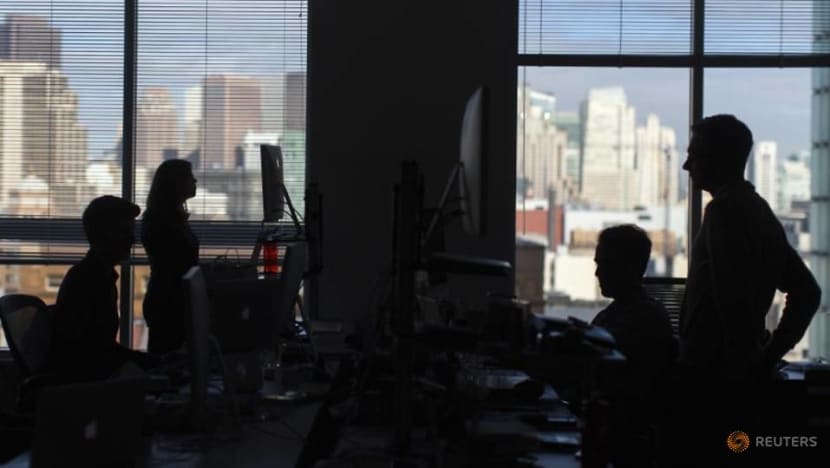
People working closely often suffer similar setbacks and celebrate successes together. They wind up defining a set of shared experiences, which translate to a common lexicon, which results in a common set of ideas, behaviors, and goals.
A dominant trait becomes a problem when members of the community don’t recognise how that stereotype is impacting their work.
AN UNDUE EMPHASIS ON DIGITAL COMMUNICATIONS
For social media platforms and mobile technologies largely designed by “nerd gods building a better world,” there is an undue overemphasis on digital communication. And yet digital communication should be pass for no more than “low-bandwidth,” low-quality interaction, and cannot replace human exchanges.
Our human brain has evolved to process the flood of information generated by face-to-face interactions — body language, facial expressions, tone of voice — with subtle but voluminous analogue cues. Our brains come with powerful processing machinery to decode our intense sociality and to derive satisfaction from it.
So why wouldn’t we feel deprived and unfulfilled when Facebook comments and Instagram likes are clouding out real-time conversations over dinner tables or distract us from an inner dialogue with ourselves?
READ: We have been phone snubbing people around us, a commentary
At the most fundamental level, we simply cannot expect an app dreamed up in a dorm room or among the water coolers of a start-up incubator to meaningfully replace the types of rich interaction to which humans slowly adapted over millennia.
It’s too much magical thinking to believe Facebook’s type of monotonic engagement can deliver a sense of high-quality leisure when it competes for our attention, taking it away from our multi-dimensional physical surroundings.
A HYPER-DISCONNECT
Two days before I left Singapore, I was having high tea at the Fullerton Hotel on a Thursday afternoon. Across my table was a family gathering where some grandparents were chatting.
The teenager at the table had his eyes glued to his smart phone, his ears plugged with AirPods. He was scrolling on Facebook, texting on WhatsApp, listening to Spotify while sitting at the Fullerton with his grandparents. He was neither here nor there.
READ: Is social media to blame for young people feeling lonelier? A commentary
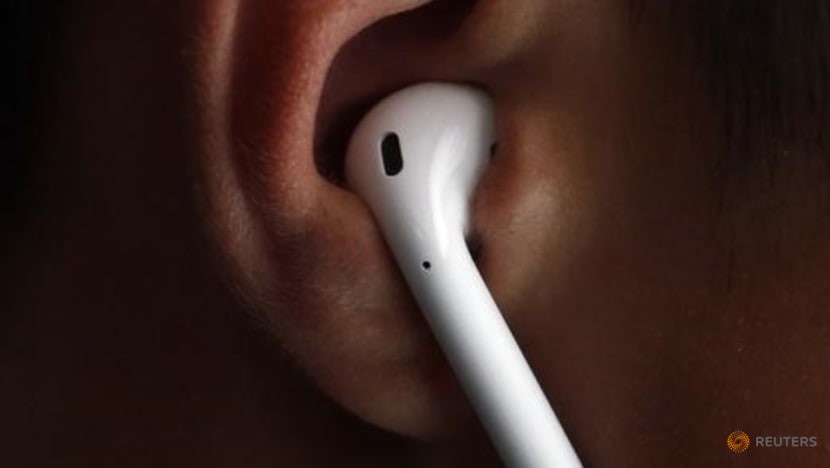
Extreme connectivity results only in extreme disconnect. Has technology made us hyper-connected or just masked how hyper-lonely it has made us?
READ: A digital detox is a solution looking for a problem, a commentary
The addictive properties of new technologies, of course, are not accidents. Facebook, Google, Snapchat and Reddit all contain carefully engineered design features that, to varying degrees, heck our minds in the “race to the bottom of the brain stem”.
The slot-machine action of swiping down to refresh a feed and the alarm-red notification badges are designed to satisfy Wall Street’s relentless demand for growth in user numbers and users’ time.
Is it any wonder that, when pressed by the stock market, Facebook, Google, Microsoft, and IBM’s financial interests do not always align with what’s best for our individual interests, our communities, and our democratic process?
ATTENTION MERCHANTS
“The enemy of clear language is insincerity,” George Orwell once wrote. For too long, we have told ourselves that mobile devices help us connect.
What we now realise is that too many technology companies are merely attention merchants who hijack our leisure time, package it, and then resell it on an open exchange to the highest-bidding advertisers.
That’s how Google became the second most valuable company in the US, with a market capitalisation of over US$800 billion. That’s how Facebook now has over 2 billion users worldwide.
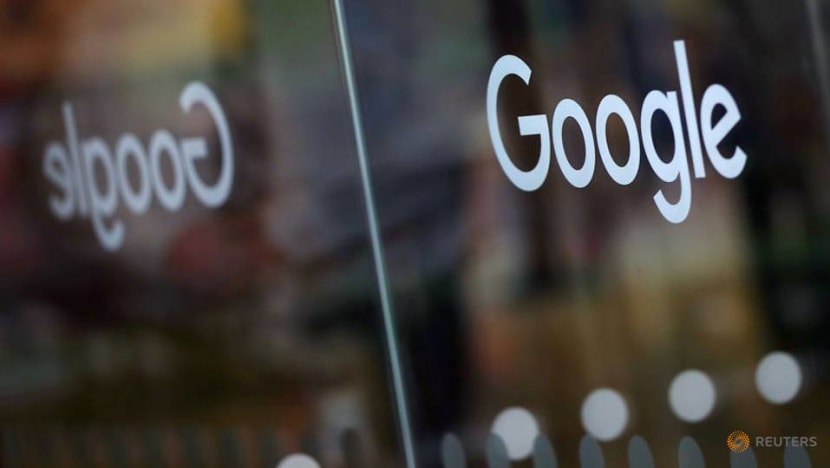
Calling them by their true name — attention merchants — is the first step to regaining our self-control.
And perhaps next time you’re at Jewel Changi Airport, put away your smartphone and take in the scenery with your loved ones instead.
Howard Yu is the author of LEAP: How to Thrive in a World Where Everything Can Be Copied and LEGO professor of Management and Innovation at the IMD Business School in Switzerland and Singapore.












